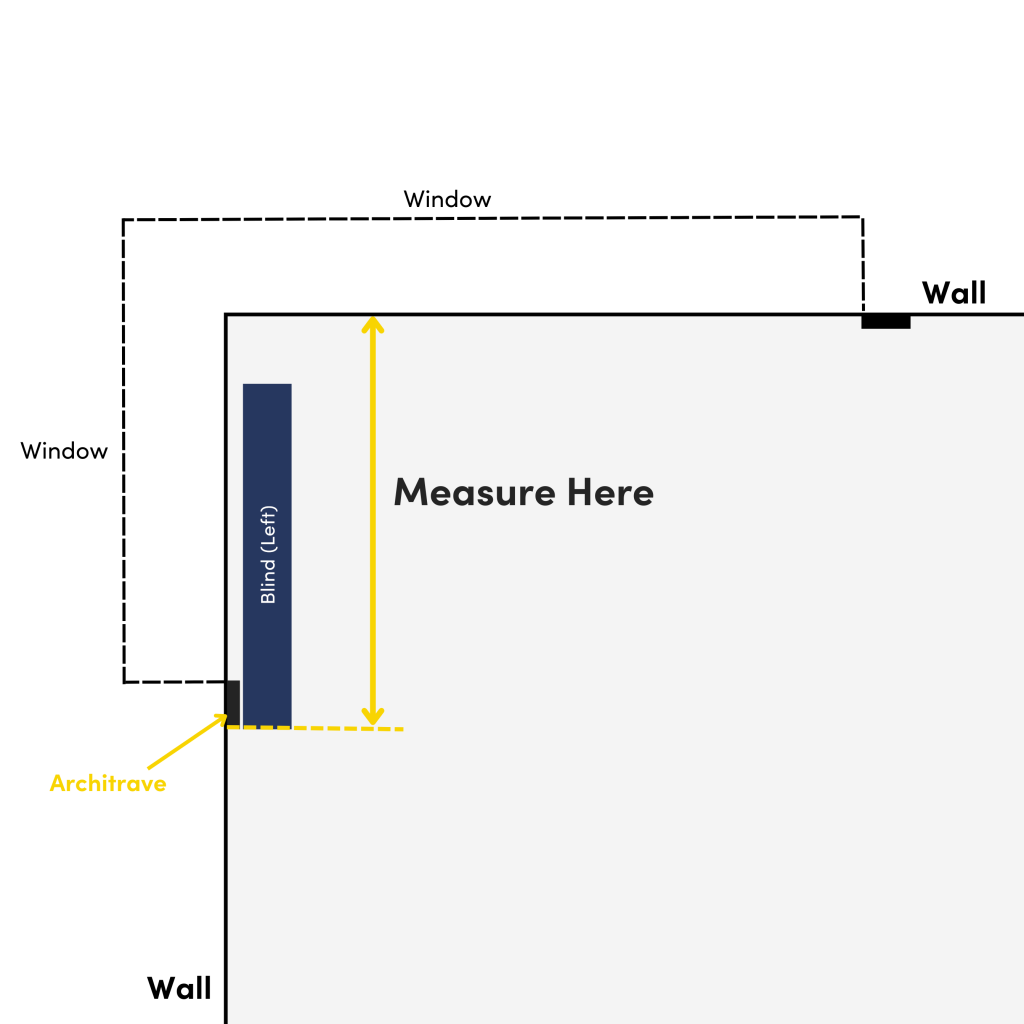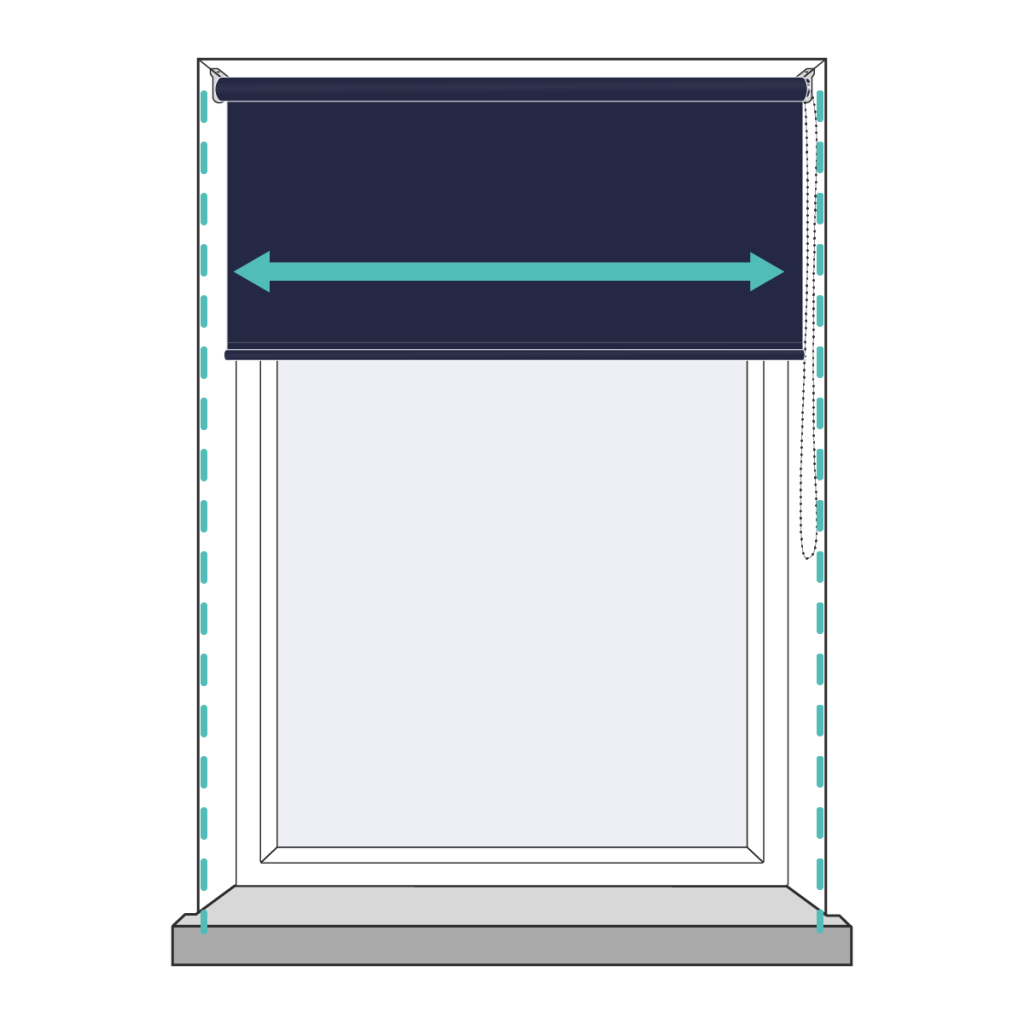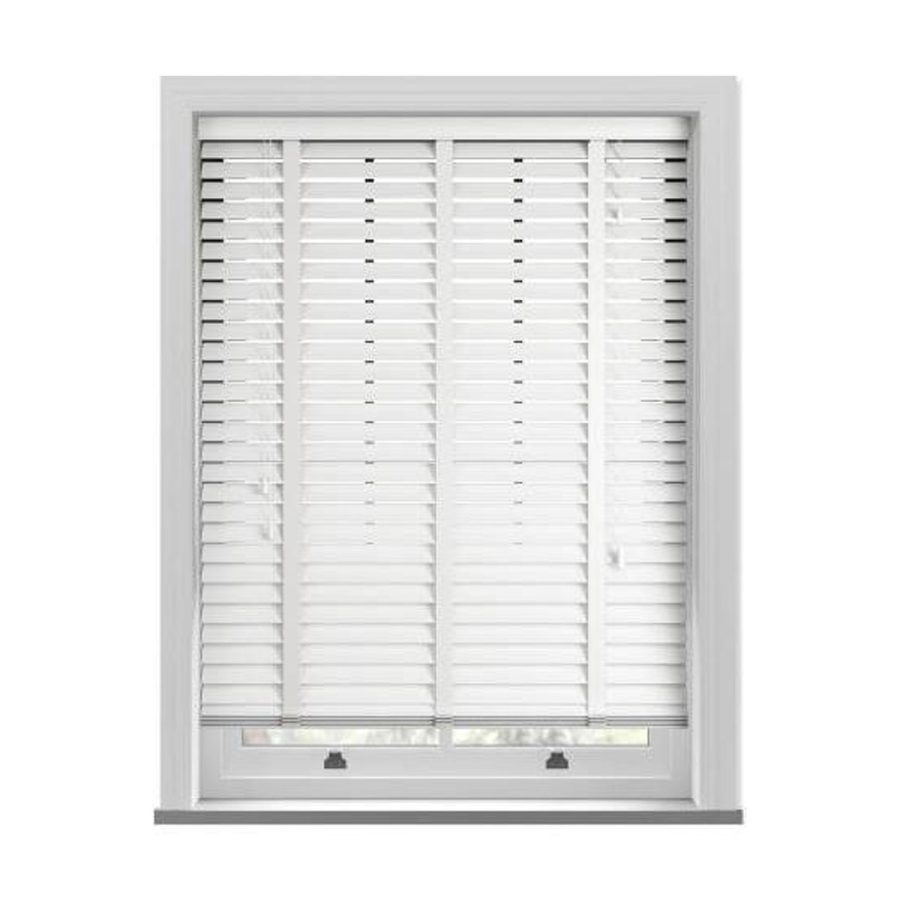Introduction
Measuring for window blinds accurately is crucial to ensure a perfect fit and optimal functionality. Whether you’re updating your home decor or enhancing privacy and light control, taking precise measurements will help you avoid costly mistakes and ensure a seamless installation process. This comprehensive guide will walk you through the steps needed to measure your windows accurately for blinds.

Gather the Necessary Tools
Before you start measuring, gather the following tools:
- Measuring tape (preferably metal for accuracy)
- Pencil and paper
- Step stool (for high windows)
- Level (optional, but useful for checking measurements)
Decide on the Mounting Type
Blinds can be mounted either inside or outside the window frame.
- Inside Mount: Blinds are installed within the window frame, offering a clean, streamlined look. This method requires precise measurements of the window’s interior dimensions.
- Outside Mount: Blinds are installed on the wall or molding outside the window frame, which can make the window appear larger and is a good option for covering irregularly shaped windows or for added privacy.
Measure for Inside Mount Blinds
If you choose to mount your blinds inside the window frame, follow these steps:
- Measure the Width:
- Measure the width of the window opening at three points: the top, middle, and bottom. Use the narrowest measurement as your width. This accounts for any irregularities in the window frame.
- Record this measurement in inches.
- Measure the Height:
- Measure the height of the window opening at three points: the left, middle, and right. Again, use the longest measurement to ensure the blinds will cover the entire window.
- Record this measurement in inches.
- Measure the Depth:
- Check the depth of the window frame from the front edge to the back wall. This ensures that the blinds will fit properly within the frame.
- Record this measurement in inches.
- Check for Obstructions: Ensure that nothing inside the window frame (e.g., window handles or hardware) will interfere with the blinds.
Measure for Outside Mount Blinds
If you opt for an outside mount, follow these steps:
- Measure the Width:
- Measure the width of the area where you want to install the blinds, adding extra space on each side of the window for better coverage. Typically, add 1 to 2 inches on either side of the window frame.
- Record this measurement in inches.
- Measure the Height:
- Measure from the top of where you want the blinds to start down to the desired length. For added coverage, extend the measurement above and below the window frame.
- Record this measurement in inches.
- Determine the Projection:
- Measure the distance from the wall to the window frame to ensure the blinds will have enough clearance and will not interfere with other elements.
- Record this measurement in inches.
Double-Check Your Measurements
It’s always a good idea to double-check your measurements to ensure accuracy. Re-measure each dimension and compare the results to confirm consistency. This step helps to minimize errors and ensures that your blinds will fit perfectly.
Consider the Blind Type and Mounting Hardware
Different types of blinds (e.g., Venetian, roller, vertical) may have specific mounting hardware requirements. Make sure to review the manufacturer’s guidelines for any additional measurements or considerations based on the type of blinds you are installing.
Order Your Blinds
Once you have accurate measurements, use them to order your blinds. Many blind retailers offer online measurement guides or will assist you in measuring if you visit their store. Providing precise measurements ensures that your custom blinds will fit as expected.
Install Your Blinds
When your blinds arrive, follow the installation instructions provided by the manufacturer. If you’re unsure about the installation process, consider hiring a professional to ensure that your blinds are installed correctly and function properly.

Choose the Right Type of Blind
Before you start measuring, decide on the type of blind you want to install. Different blinds—such as Venetian, roller, cellular, or vertical—may require slightly different measurements or mounting considerations. Understanding the specifics of your chosen blind style can help you measure more accurately.
Gather Your Tools
To measure accurately, you’ll need:
- A steel measuring tape (for its sturdiness and accuracy)
- A pen or pencil
- Paper or a notebook to record measurements
- A helper (optional but useful)
Inside Mount vs. Outside Mount
Decide whether you’ll be installing your blinds inside the window frame (inside mount) or outside, on the wall or molding (outside mount). This choice impacts how you measure:
- Inside Mount: Measures the exact width and height of the window opening. Ensure to take three measurements for both width and height—at the top, middle, and bottom—and use the smallest measurement to ensure a snug fit. Deduct a small amount (usually 1/4 inch to 1/2 inch) from the width to allow for operation clearance.
- Outside Mount: Measure the desired width and height you want the blind to cover. For width, add at least 2-3 inches on each side to ensure full coverage and light blockage. For height, measure from where you plan to mount the blind to the desired length, adding a few inches extra if you want the blind to overlap the window frame or sill.
Consider Obstructions
Check for any obstructions around the window, such as handles or trim, that might interfere with the blind installation. Adjust your measurements accordingly to avoid these obstacles.
Double Check Your Measurements
Measure twice, order once. It’s crucial to verify your measurements to avoid costly mistakes. Compare all your measurements, and if there are discrepancies, remeasure to ensure accuracy.
Note Special Instructions
Some window shapes or blind types may come with specific measuring instructions. Arched, bay, or corner windows, for example, may require unique considerations. Always refer to the manufacturer’s guidelines for any special measurement requirements.
Decide on Mounting Hardware Placement
Think about where you want to place the mounting brackets. For outside mounts, consider the look you want to achieve and whether you need to avoid obstacles or wiring. Inside mounts should check for depth to ensure the blinds will fit neatly within the frame.
Record and Communicate Your Measurements
Clearly note down all your measurements, specifying width and height, and indicate whether they are for inside or outside mounts. If ordering custom blinds, provide these details to the manufacturer exactly as measured to prevent errors in production.
Utilize Professional Help
If you’re unsure about measuring or have complex window shapes, consider hiring a professional to measure for you. Many blind retailers offer this service free or at a nominal charge, which can save you time and potential mistakes.
Plan for Installation Day
Once your blinds arrive, ensure you have all necessary tools for installation, including a level, drill, screwdriver, and any provided hardware. Follow the manufacturer’s installation instructions carefully.

Conclusion
Accurate measurement is key to a successful blinds installation. By carefully measuring your windows and considering the type of mount and blinds, you can achieve a perfect fit and enhance the functionality and appearance of your space. Follow these steps to ensure that your blinds will provide the desired coverage and style, and enjoy the benefits of well-fitted window treatments.
